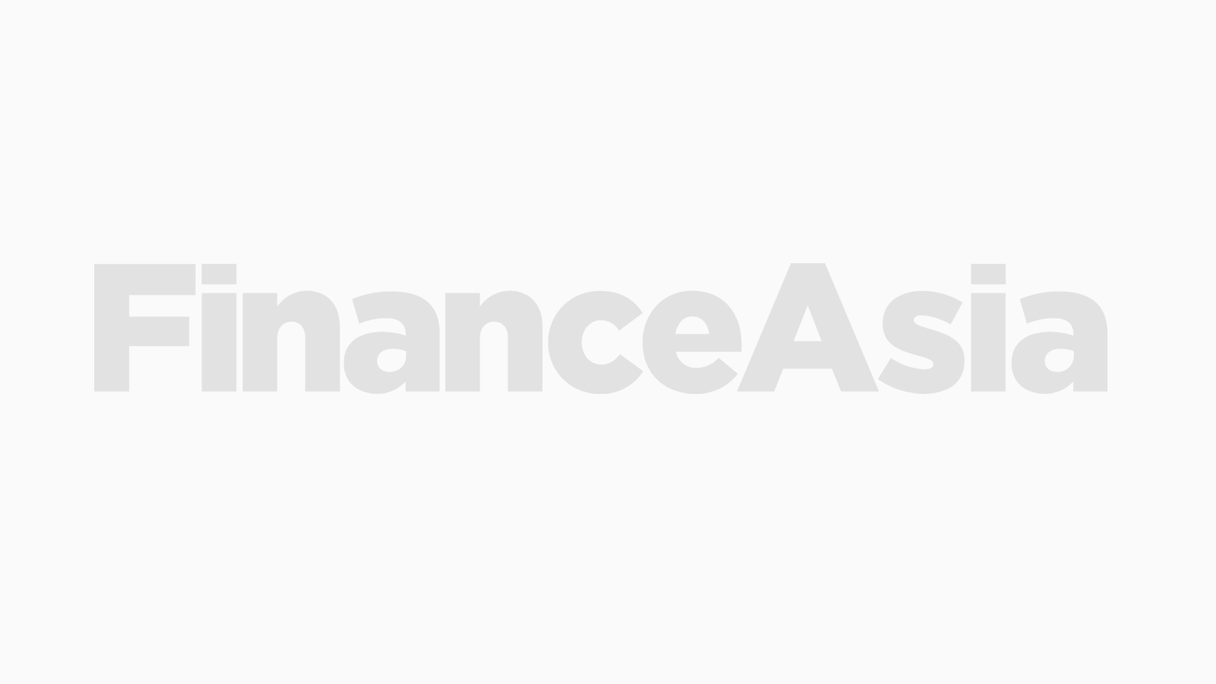The Hong Kong SAR government launched its long awaited debut sovereign bond issue yesterday (Wednesday) after the lead managers worked around the clock to get documentation in place for an early July issuance date.

The Hong Kong SAR government launched its long awaited debut sovereign bond issue yesterday (Wednesday) after the lead managers worked around the clock to get documentation in place for an early July issuance date.
Free Registration & 7-Day Trial
Register now to enjoy a 7-day free trial - no registration fees required. Click the link to get started.
Note: This free trial is a one-time offer.
Questions?
If you have any enquiries or would like a quote for a team or company licence, please contact us at [email protected]. Our subscription team will be happy to assist you.